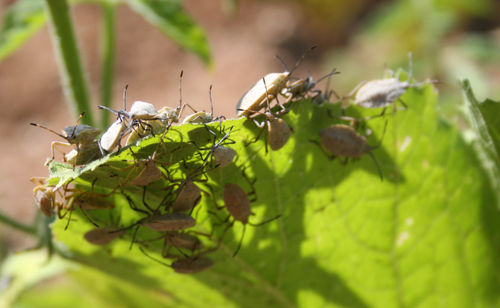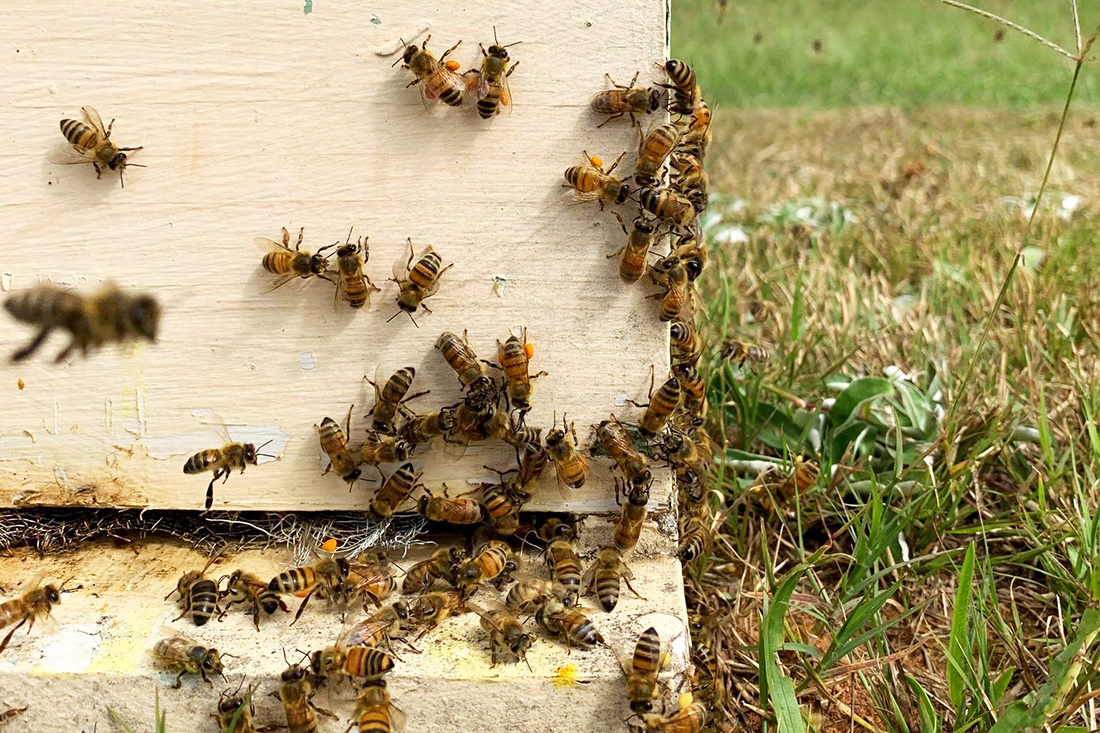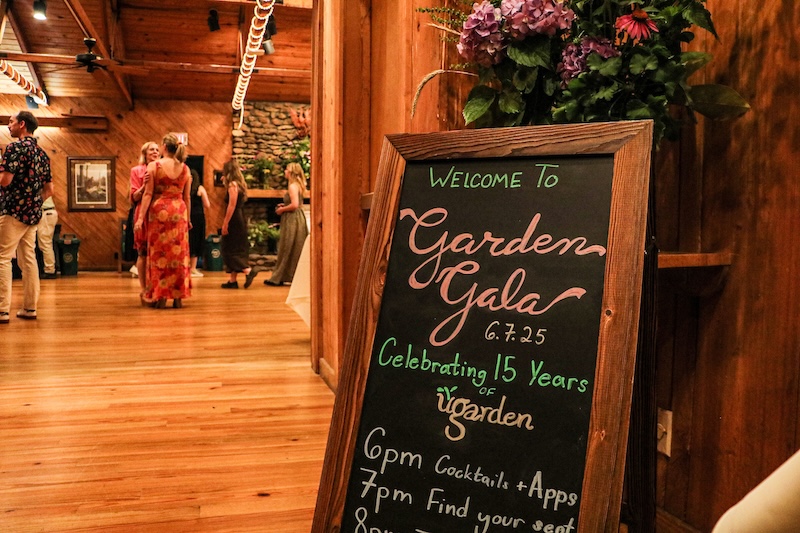Many home landscapers and gardeners see pests eating their azaleas or tomatoes and immediately grab a chemical pesticide for defense. A University of Georgia expert says using a combination of pest control methods is a better option for your plants and the environment.
“One of the most effective ways to manage pests is to practice integrated pest management, or IPM for short,” said Tim Daly, the UGA Cooperative Extension agent in Gwinnett County. “This pest management technique anticipates problems and uses preventative measures to control pests.”
There's more than one way
Proper IPM means addressing pest problems with many control tactics and only using chemical pesticides as a last resort, he said.
IPM combines different strategies for long-term solutions.
IPM isn’t the same as switching to organic pesticides or eliminating chemical pesticides altogether. It incorporates different cultural, biological and chemical control techniques.
“IPM is not a single action, but a combination of steps and processes that need to be carefully planned out,” Daly said.
Using IPM can be very simple and inexpensive. Daly offers these IPM tips as examples.
• Prune plant material away from structures at least 12 to 18 inches and prevent vines from growing on the sides of it to keep insect pests to a minimum inside homes and businesses.
• Pull mulch away from the foundation 18 inches.
• Clean up food in and around your home. Store food in the refrigerator or in sealed containers.
• Don’t allow pet food to sit outside overnight. It can attract raccoons, rodents or other animals.
• Select plants with pest resistance to discourage landscape pests. “For example, lace bugs often infest azaleas and disfigure their leaves,” he said. “Certain new varieties of azaleas have resistance to them.”
Some varieties of crape myrtles resist powdery mildew, a white, powdery fungus that infests the leaves. Daly says resistant plants aren’t completely immune to pests, but the plants are better able to resist their effects.
Pest problems can be controlled by using proper cultural methods.
• Don’t over-fertilize. Giving your plants too much of a good thing can create problems, too. “Over-fertilizing turf and plants opens the door to numerous pests,” Daly said.
On turfgrasses, too much fertilizer can increase diseases like brown patch, a fungus that appears in the warm weather months. Brown patch creates brown, dead rings of grass.
On ornamental plants, over-fertilization can lead to succulent, new growth. This can attract aphids and other insect pests.
• Too much water can cause create disease problems like root rot. “Apply water in the early morning hours,” he said. “The water will evaporate from the leaves during the day and won’t be on the plant in the evening and night when it is most prone to diseases.”
• Physically remove pests. “You can wash aphids off with a hose or pick bagworms off infested plants,” Daly said.
• Routinely monitor lawns and gardens to detect pests while they are in their early stages. Finding pests early is the key to reducing potential damage, he said.
If you decide to use chemical pesticides to control pests, Daly says the first step is to know your enemy. “An insecticide will control insects, but will have no effect on a plant disease caused by a fungus,” he said.
• Select the right pesticide for the problem and read label instructions carefully before usage.
“While not a silver bullet, integrated pest management can help reduce pest problems in your home and garden,” he said. “Understanding that pest problems are often the result of a multitude of factors will help keep problems to a minimum.”








